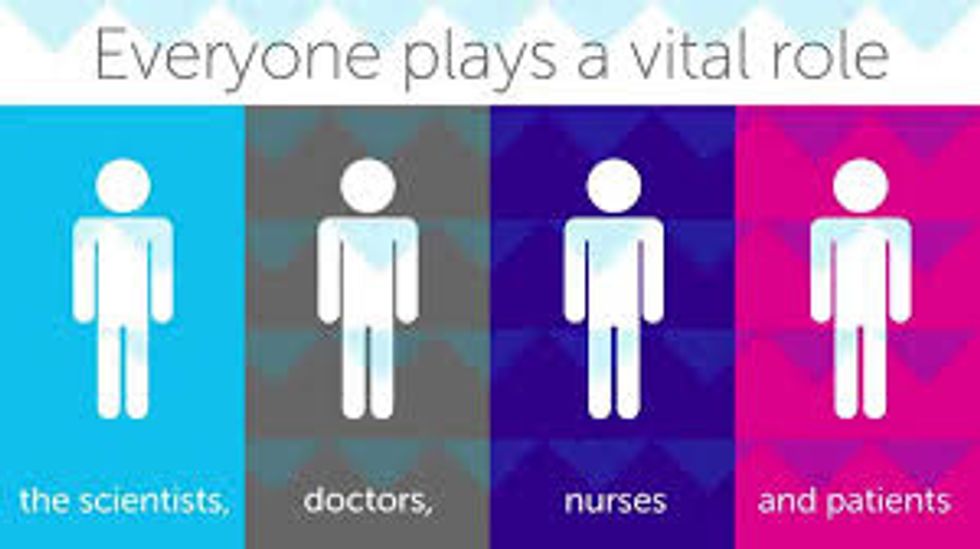The origins of chemotherapy begin all the way back in the years of World War II when soldiers exposed to mustard gas began experiencing symptoms of lymphoma. These symptoms were caused by DNA changes in their bone marrow–the gooey middle of bones that create blood cells.
During this same period of time, the governments of the world were working to get stronger forms of weapons by studying the effects of mustard gas on physiology. In addition to the creation of war weapons, they were finding ways to protect soldiers. This lead to the discovery of nitrogen mustard. The nitrogen mustard compound was found to work well against lymphoma; Thus began the study of drugs and medications to fight cancer.
Next would come a compound related to the vitamin folic acid. Folic acid is given to pregnant women to enhance development. It was used to treat leukemia and was a predecessor to the drug methotrexate, which is commonly used today.
In 1956, the first metastatic cancer was cured, thanks to methotrexate. Soon, more chemotherapy drugs would be developed and other forms of treatment would arise. Today, we have immunotherapy, radiation, therapy, and combination chemotherapy. All of these have proven successful in treating cancer.
Nowadays, most patients are treated with a combination of drugs and surgeries. Before, they would be treated with just a single surgery or a single drug. Thanks to genetics, we now have a better understanding of how tumors work. Similar to how there are differences and similarities in every person, it is the same for each type of tumor. Treating the individual and finding the best treatment for a patient has become the best method today.
Of course, this all means that researchers have been working on treating cancer for over 100 years. In such a short time, we've come a long way. But many more discoveries are to come in the fight against cancer.





























